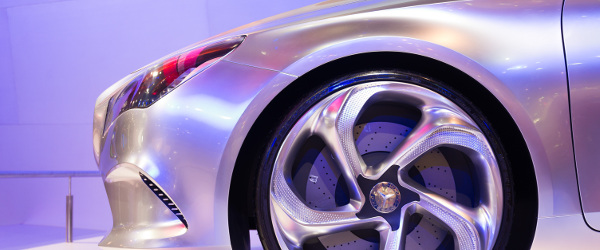
Continental, Deutsche Telekom AG, Fraunhofer ESK, and Nokia Networks have successfully tested a LTE cell network-based vehicle-to-vehicle (V2V) communication system on the A9 motorway in Germany.
This was the first testing performed at the 529-km-long stretch of motorway that runs from Munich to Berlin.
The demonstration was aimed at showing the safety application which will allow vehicles to share information regarding the hazards and road blocks using the LTE network of Deutsche Telekom.
A section of the Deutsche Telekom’s network was equipped with innovative Mobile Edge computing technology created by Nokia Networks, which was further upgraded with position-locating technology created by Fraunhofer ESK.
The combination helped the vehicles to transport signals in less than 20 milliseconds and, by combining the technology with Continental’s electronics interface, the ride is expected to become safer.
Continental Interior Division head of strategy and innovation Ralf Lenninger said: "At Continental, we understand clearly that the Internet helps to improve the vehicle.
"The principle behind it is simple: the more a vehicle knows about the surroundings and the behavior of other road users, the lower its energy consumption and the fewer the traffic fatalities.
"Real-time communication with other vehicles and with the road and communications infrastructure allows vehicles to respond to situations that neither the driver’s eyes nor the vehicle’s sensors can identify."
Automotive makers including GM, BMW, Audi, Daimler and Volvo are working on this new age communication system that will be capable of sending position and speed data to one another vehicle through cloud.






